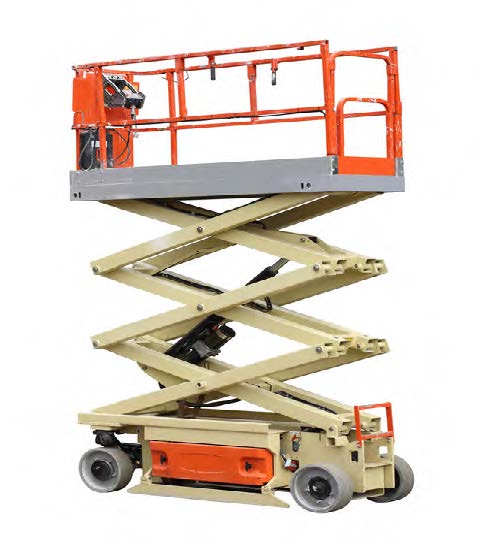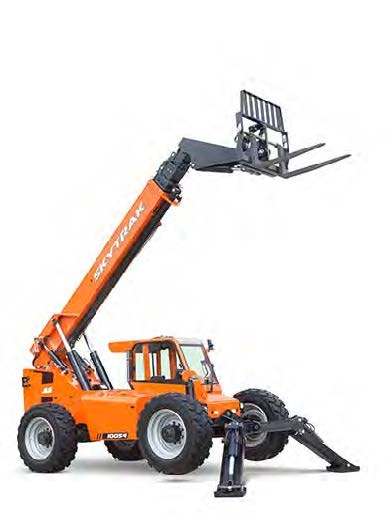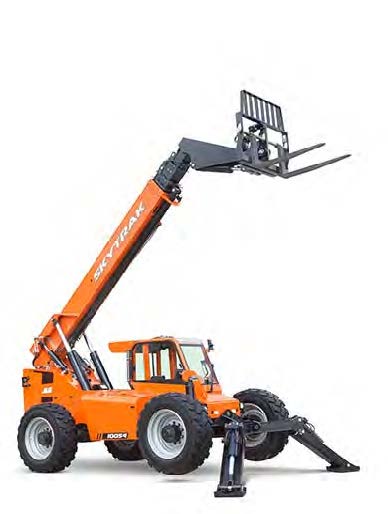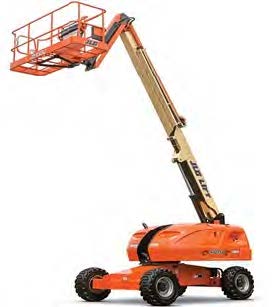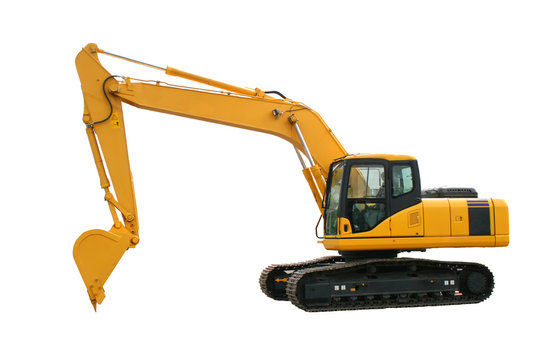Title Page
-
Job-Made Ladder Inspection (Tower)
-
Jobsite:
-
Date of Inspection:
-
Superintendent (s):
-
Location of Ladder (s):
-
Picture of Number on Ladder:
-
Prepared By:
Items for Inspection
Items
-
Three point contact sign in place?
-
Is 2”x 4” lumber used for side rails of single cleat ladders up to 16’ long or 2”x 6” lumber used for single cleat ladders from 16’ to 24’ in length?
-
Is 2”x 4” lumber used for side and middle rails of double cleat ladders up to 12’ in length or 2”x 6” lumber for double cleat ladders from 12’ to 24’ in length? NOTE: Double cleat ladders should not exceed 24’ feet in length between supports (base and top landing).
-
Side rails, when constructed of wood, are the equivalent of dressed Douglas fir "selected lumber"?
-
Side rails are free or knots, except for an occasional one less than ½” in diameter that appears only on the wide face and is at least ½” back from either edge?
-
If splicing of side rails is necessary to attain the required length, the splice is developed to the full strength of a continuous side rail of the same length?
-
Side rails are parallel or not flared from top to bottom by more than ¼” of an inch for each 2’ of length, and are constructed not less than 16” or more than 20” apart?
-
Cleats, when made of wood are clear, straight-grained and absolutely free from knots of any size that appear in the narrow face?
-
The wide faces of the cleats are free of knots exceeding a diameter of ¼”?
-
Cleats are uniformly spaced within ¼” tolerance, and not farther apart than 12” measured from the tops of cleats?
-
Cleats are inset into the edges of the side rails ½”, or 2”x 2” filler blocks are used on the rails between the cleats?
-
Cleats and fillers are secured to each rail with three 10d common wire nails or other fasteners of equivalent strength? Note: Double headed nails are not permitted.
-
Cleats are free of any slippery substances?
-
Are side rails and cleats free from sharp edges, splinters, or protruding objects?
-
Ladder is secured or fastened from movement at top and bottom of ladder?
-
All debris, floor obstructions, cords, construction material/ supplies, etc. have been removed from base of ladder area?
-
A guardrail is in place at top of landing that is so offset that a person cannot walk directly into the hole, or protects employees from leading edges?
-
Rails extend at least 36” but not more than 42” above top landing?










